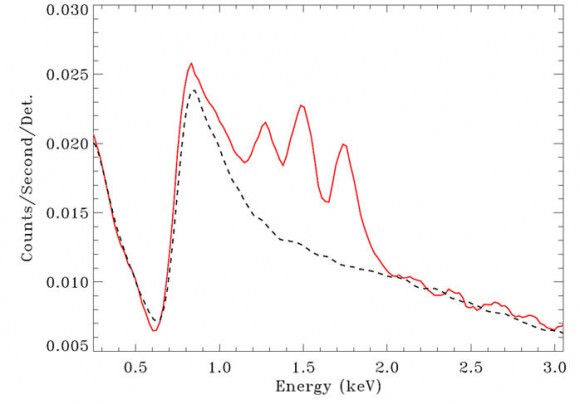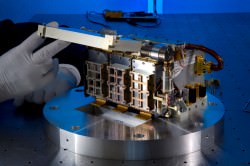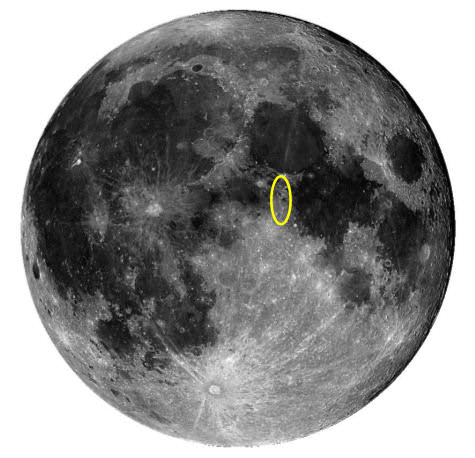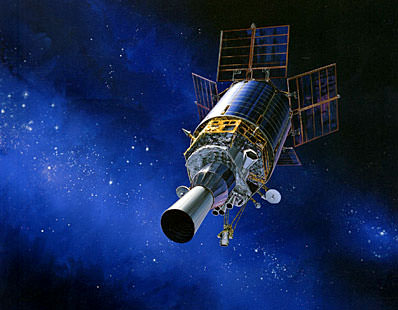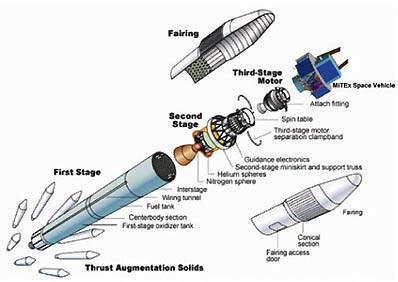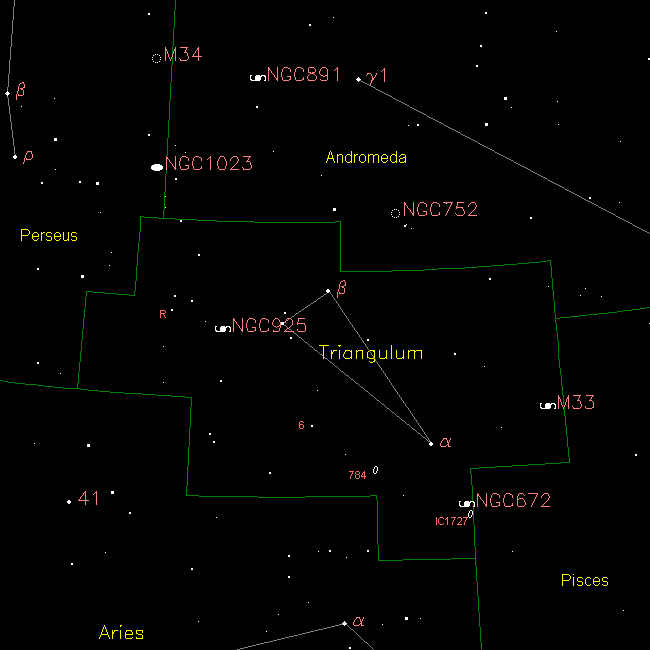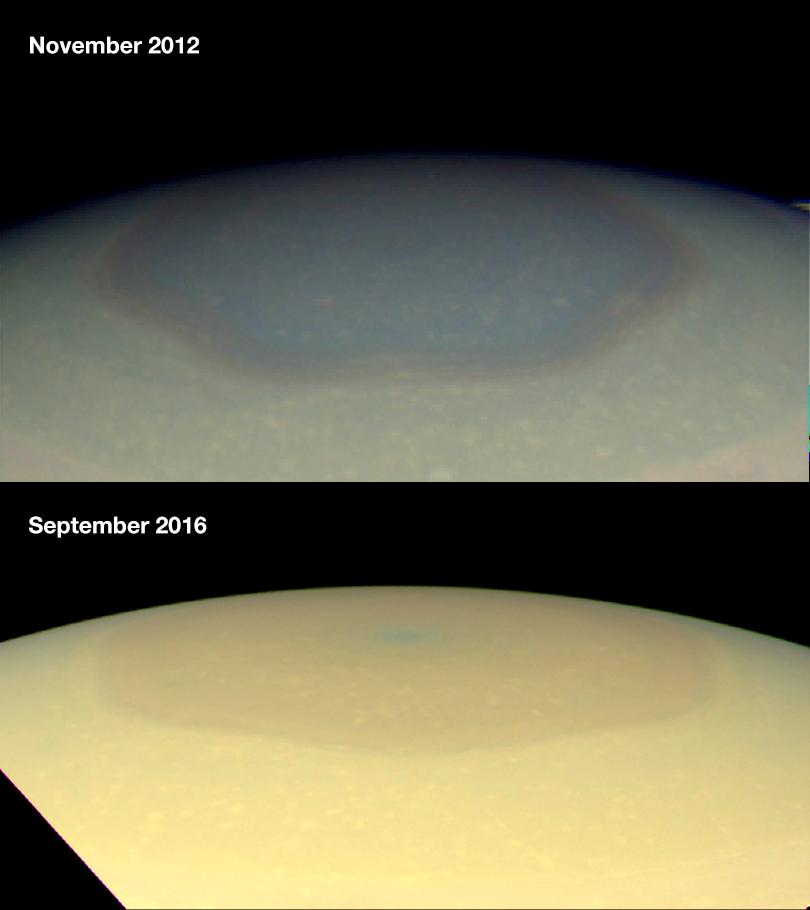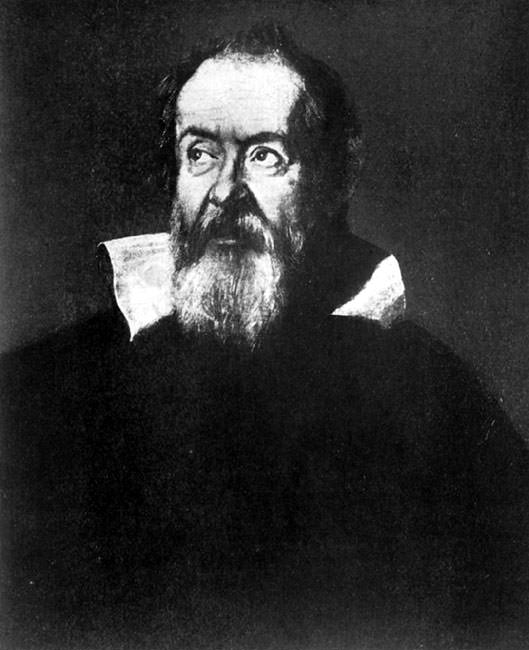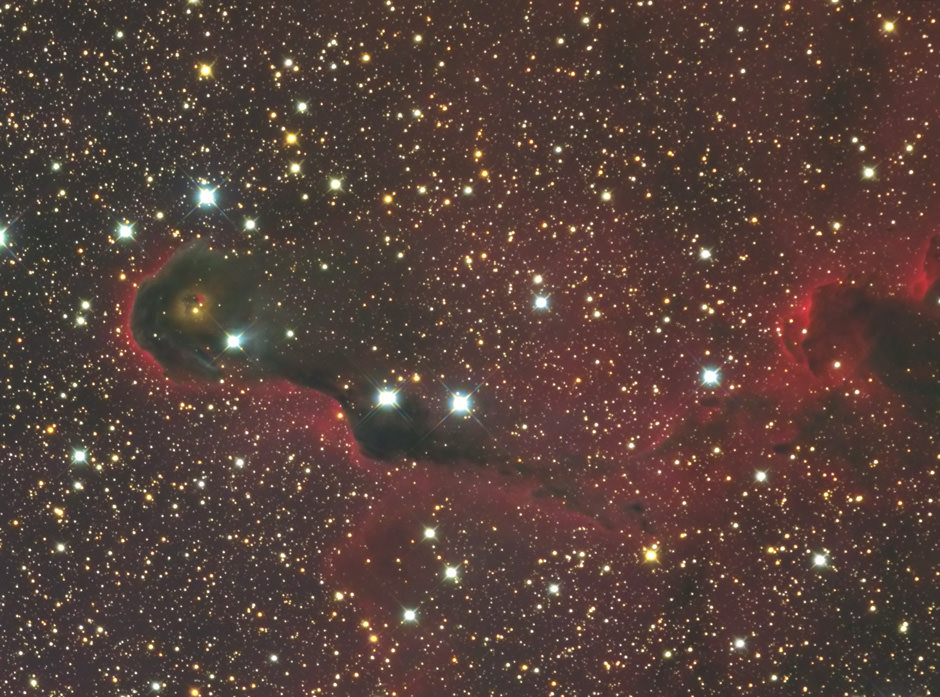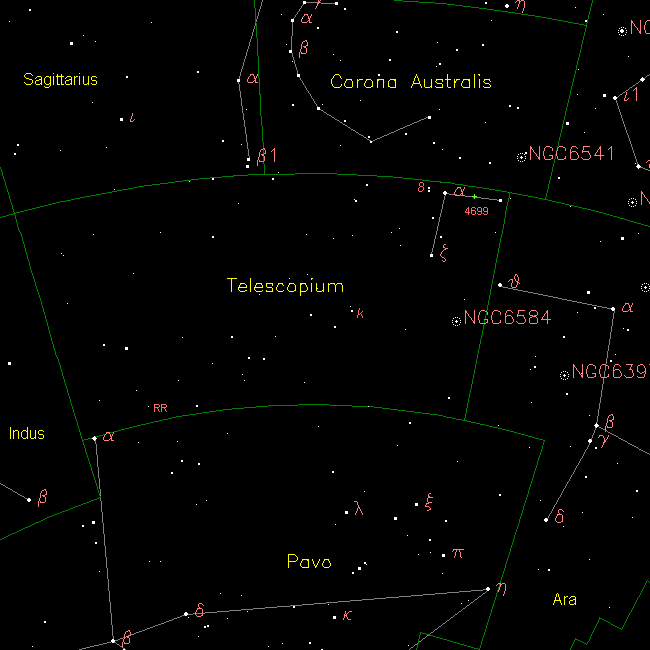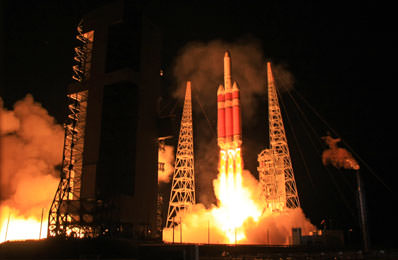Greetings, fellow SkyWatchers! Are you ready for a dark sky weekend? Then let’s get out the telescope and do some super sleuthing as we investigate some nebulae – both familiar and unfamiliar. While it’s always fun to pick the biggest and brightest out of the sky, there’s lots of wonderful little mysteries to be explored if you just know where to look! It’s all about what you can do and what you can learn – and why being just “a backyard astronomer” can be so very important! I’ll see you out there…
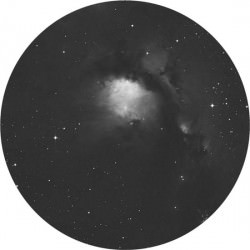 Friday, January 23, 2009 – Tonight travel a finger-width northeast of Zeta Orionis for a delightful area of bright nebulosity called M78 (RA 05 46 47 Dec +00 00 50). Discovered by Mechain in 1789, the 1,600 light-year distant M78 is part of the vast complex of nebulae and star birth comprising the Orion region. Fueled by twin stars, it resembles a ‘‘double comet’’ to binoculars, but telescopic observers will note two lobes ( NGC 2067 north and NGC 2064 south) separated by a band of dark dust. Surrounded by a region of absorption, M78’s borders appear almost starless. Young T Tauri-type stars reflect against a cloud of interstellar dust, the brightest of which is HD 38563A. As of 1999, 17 Herbig-Haro objects (newly forming stars that are expelling jets of matter) have been associated with M78.
Friday, January 23, 2009 – Tonight travel a finger-width northeast of Zeta Orionis for a delightful area of bright nebulosity called M78 (RA 05 46 47 Dec +00 00 50). Discovered by Mechain in 1789, the 1,600 light-year distant M78 is part of the vast complex of nebulae and star birth comprising the Orion region. Fueled by twin stars, it resembles a ‘‘double comet’’ to binoculars, but telescopic observers will note two lobes ( NGC 2067 north and NGC 2064 south) separated by a band of dark dust. Surrounded by a region of absorption, M78’s borders appear almost starless. Young T Tauri-type stars reflect against a cloud of interstellar dust, the brightest of which is HD 38563A. As of 1999, 17 Herbig-Haro objects (newly forming stars that are expelling jets of matter) have been associated with M78.
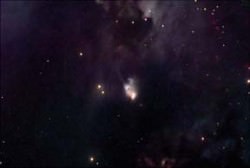 On January 23, 2004, a young backyard astronomer named Jay McNeil was taking some long exposure photos of M78 with his new telescope and was about to make a huge discovery. When he developed his photographs, there was a nebulous patch with no designation! After reporting his findings to professionals, Jay realized he had stumbled onto something unique, a variable accretion disk around a newborn star—IRAS 05436-0007. Although McNeil’s Nebula may not be bright enough tonight to be seen (just south of M78), remember it is a variable, so circumstances play a big role in any observation of it.
On January 23, 2004, a young backyard astronomer named Jay McNeil was taking some long exposure photos of M78 with his new telescope and was about to make a huge discovery. When he developed his photographs, there was a nebulous patch with no designation! After reporting his findings to professionals, Jay realized he had stumbled onto something unique, a variable accretion disk around a newborn star—IRAS 05436-0007. Although McNeil’s Nebula may not be bright enough tonight to be seen (just south of M78), remember it is a variable, so circumstances play a big role in any observation of it.
Before you assume that being ‘‘just’’ a backyard astronomer has no real importance to science, remember this teenager in a Kentucky backyard with an ordinary telescope… catching what professionals had missed!
 Saturday, January 24, 2009 – Today honor the 1882 birth of Harold Babcock , discoverer of the sunspot cycle, differential rotation, and the solar magnetic field. While you should NEVER look directly at the Sun, you can use binoculars or telescopes to see sunspots by using the ‘‘projection method’’—just as Gassendi did to observe the Mercury transit. Cover additional optics such as a finderscope or one binocular tube, and use the shadow to aim the circle of light onto a makeshift screen, focusing until the image is sharp and details appear. It takes practice, but it’s safe and fun!
Saturday, January 24, 2009 – Today honor the 1882 birth of Harold Babcock , discoverer of the sunspot cycle, differential rotation, and the solar magnetic field. While you should NEVER look directly at the Sun, you can use binoculars or telescopes to see sunspots by using the ‘‘projection method’’—just as Gassendi did to observe the Mercury transit. Cover additional optics such as a finderscope or one binocular tube, and use the shadow to aim the circle of light onto a makeshift screen, focusing until the image is sharp and details appear. It takes practice, but it’s safe and fun!
Tonight, journey two finger-widths northwest of Aldebaran (RA 04 21 57 Dec +19 32 07). In 1852, J.R. Hind reported observing nebulosity, but noted no catalog position. His observation included an uncharted star, which he surmised was variable. On each count, Hind was right. The pair was studied for several years until they faded in 1861, and then disappeared altogether in 1868. In 1890, E.E. Barnard and S.W. Burnham re-discovered them, only to see them vanish 5 years later—not to return until the 20th century.
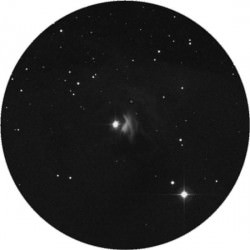 Our mystery guests are Hind’s Variable Nebula ( NGC 1555), and its associated star— T Tauri —a prototype of a particular class of variables and totally unpredictable. For weeks its magnitude could fluctuate between 9 and 13—or remain constant for months. Although equal to Sol in temperature, mass, and spectral chromosphere signature, it is in the initial stages of birth! T Tauri types are pre-main sequence proto-stars, continuously contracting and expanding and shedding their mantle of gas and dust in jets. This is caught by the star’s rotation and spun into an accretion, or proto-planetary, disk. When the jets subside, gravity pulls the material back to the star. The proto-star has then cooled enough to reach the main sequence, and the pressure may even allow planetoids to form from the accreted material.
Our mystery guests are Hind’s Variable Nebula ( NGC 1555), and its associated star— T Tauri —a prototype of a particular class of variables and totally unpredictable. For weeks its magnitude could fluctuate between 9 and 13—or remain constant for months. Although equal to Sol in temperature, mass, and spectral chromosphere signature, it is in the initial stages of birth! T Tauri types are pre-main sequence proto-stars, continuously contracting and expanding and shedding their mantle of gas and dust in jets. This is caught by the star’s rotation and spun into an accretion, or proto-planetary, disk. When the jets subside, gravity pulls the material back to the star. The proto-star has then cooled enough to reach the main sequence, and the pressure may even allow planetoids to form from the accreted material.
How cool is that?!
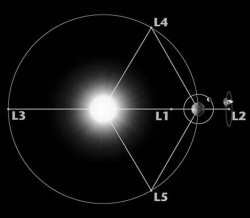 Sunday, January 25, 2009 – On this date we celebrate the 1736 birth of Joseph Lagrange, a mathematician who made a very important contribution to celestial mechanics. No, we aren’t talking about wrenches in space! He calculated five locations where the combined gravity of Earth and the Sun would balance the orbital motion of an object positioned there. A spacecraft located at one of these spots—the one about a hundredth of the distance from Earth to the Sun—requires little correction to maintain orbit and keep pace with Earth’s rotation. Known as the Lagrange Point 1, it’s a position currently occupied by the most prolific solar ‘‘observer’’ to date… the SOHO satellite!
Sunday, January 25, 2009 – On this date we celebrate the 1736 birth of Joseph Lagrange, a mathematician who made a very important contribution to celestial mechanics. No, we aren’t talking about wrenches in space! He calculated five locations where the combined gravity of Earth and the Sun would balance the orbital motion of an object positioned there. A spacecraft located at one of these spots—the one about a hundredth of the distance from Earth to the Sun—requires little correction to maintain orbit and keep pace with Earth’s rotation. Known as the Lagrange Point 1, it’s a position currently occupied by the most prolific solar ‘‘observer’’ to date… the SOHO satellite!
How often do we look at something and not see what is really there simply because we don’t know what to look for? Tonight, look north of Aldebaran for a small cluster of stars, and focus your attention toward the northernmost star, Nu Tauri. Surrounding this rather ordinary star is an overlooked nebula—Ce 34.
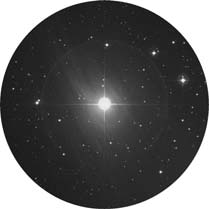 In 1964, an industrious astronomer—Stefan Cederblad—began studying bright, diffuse galactic nebulae and their distribution. Chances are you may have seen a Cederblad catalog object at one time or another and not even have noticed it! In this circumstance, Ce 34 is illuminated by 72 Tauri, which looks like an apparent double for Nu. At first glance, you might think you were seeing diffraction or illumination from the Nu/72 pair, but Stefan was a true astronomer and repeated his observation until he was sure he had discovered nebulosity.
In 1964, an industrious astronomer—Stefan Cederblad—began studying bright, diffuse galactic nebulae and their distribution. Chances are you may have seen a Cederblad catalog object at one time or another and not even have noticed it! In this circumstance, Ce 34 is illuminated by 72 Tauri, which looks like an apparent double for Nu. At first glance, you might think you were seeing diffraction or illumination from the Nu/72 pair, but Stefan was a true astronomer and repeated his observation until he was sure he had discovered nebulosity.
Take time to study Ce 34 yourself. You might find catching it depends not so much on the size of your optics but rather you and your observing conditions! Just like the Merope Nebula , the art is not so much in the finding as it is in the seeing.
Until next week, remember… Dreams really do come true when you keep on reaching for the stars!
This week’s awesome images are: M78 (credit—Palomar Observatory, courtesy of Caltech), ’’McNeil’s Nebula’’ (credit—Adam Block/NOAO/AURA/NSF), NGC 1555: Hind’s Variable Nebula (credit—Palomar Observatory, courtesy of Caltech), Harold Babcock (historical image), Lagrange points (credit—NASA) and Cederblad 34 (credit—Palomar Observatory, courtesy of Caltech). We thank you so much!
